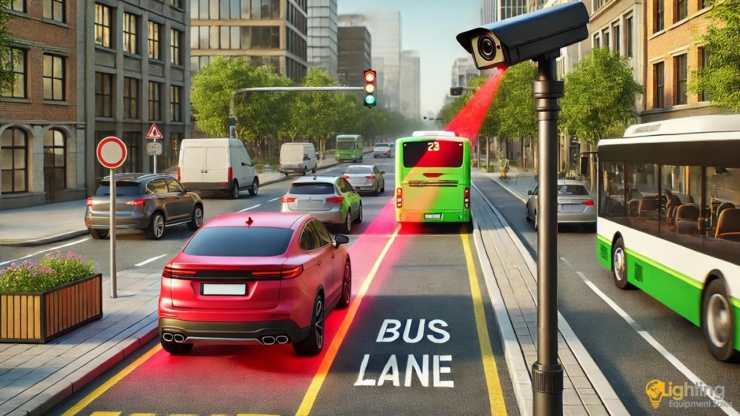
Electronic Enforcement System (EES)
Violations of traffic rules are one of the biggest causes of accidents. Traditional methods of traffic enforcement may not always be sufficient for road safety. This is where the Electronic Enforcement System (EES) comes into play, offering technological solutions to ensure that drivers comply with traffic regulations. So, what is EES and how does it work?
What is the Electronic Enforcement System (EES)?
The Electronic Enforcement System is a system developed to control traffic flow, improve transportation, and ensure that urban life complies with regulations. It aims to prevent accidents caused by rule-breaking vehicles, thereby ensuring life and property safety.
How Does the Electronic Enforcement System Work?
The Electronic Enforcement System is designed to automatically detect traffic violations and initiate necessary penalties. Advanced systems such as cameras, radars, sensors, and license plate recognition technologies instantly detect and record violations. This ensures traffic safety while encouraging drivers to follow the rules more closely. EES consists of cameras and sensors installed at specific locations and operates through the following steps:
- Traffic Data Collection: Cameras and sensors detect and collect data on speed limits, red light violations, lane violations, and parking infractions.
- License Plate Recognition: Detected violations are matched with vehicle license plates.
- Data Analysis: Image processing and artificial intelligence technologies analyze whether a violation has occurred.
- Penalty Processing: When a violation is detected, the relevant traffic authorities impose penalties on the driver.
Where is the Electronic Enforcement System Used?
EES is effectively used in various areas:
- Average Speed Violation Detection System: Measures the average speed of vehicles over a certain road corridor to detect speed violations. Speed is calculated using measurement devices at entry and exit points. Features include license plate recognition, photography, video recording, 24/7 monitoring, and remote intervention.
Red Light Violation Detection System: Identifies drivers who run red lights at signalized intersections. Features include lane-based detection, license plate recognition, 24/7 monitoring, remote access, high-resolution video recording, and automatic penalty issuance. Additionally, it switches to standby mode during signal failures and can be deactivated from the control center when traffic is managed manually by police officers. - Parking Violation Detection System: Detects vehicles violating parking restrictions. Features include automatic license plate recognition, remote access, high-resolution video recording, automatic penalty issuance, and adjustable parking duration.
- License Plate Recognition System: Ensures traffic penalties are enforced and enables vehicle tracking for security purposes.
- Lane Tracking System: Detects lane violations to maintain smooth traffic flow.







COMMENTS
MAKE A COMMENT